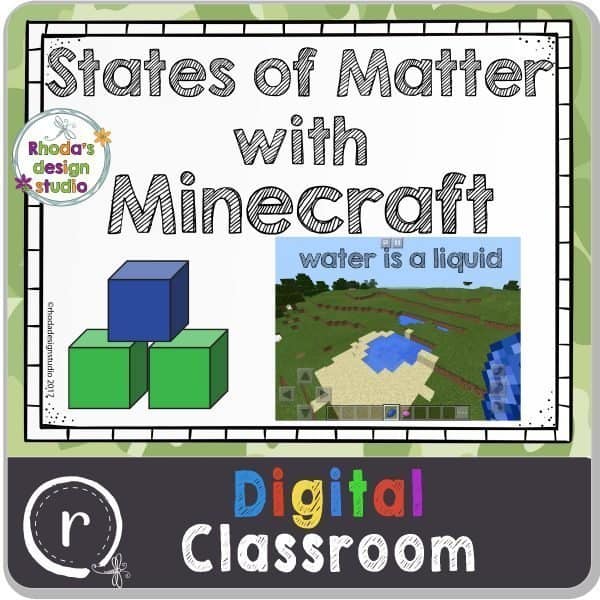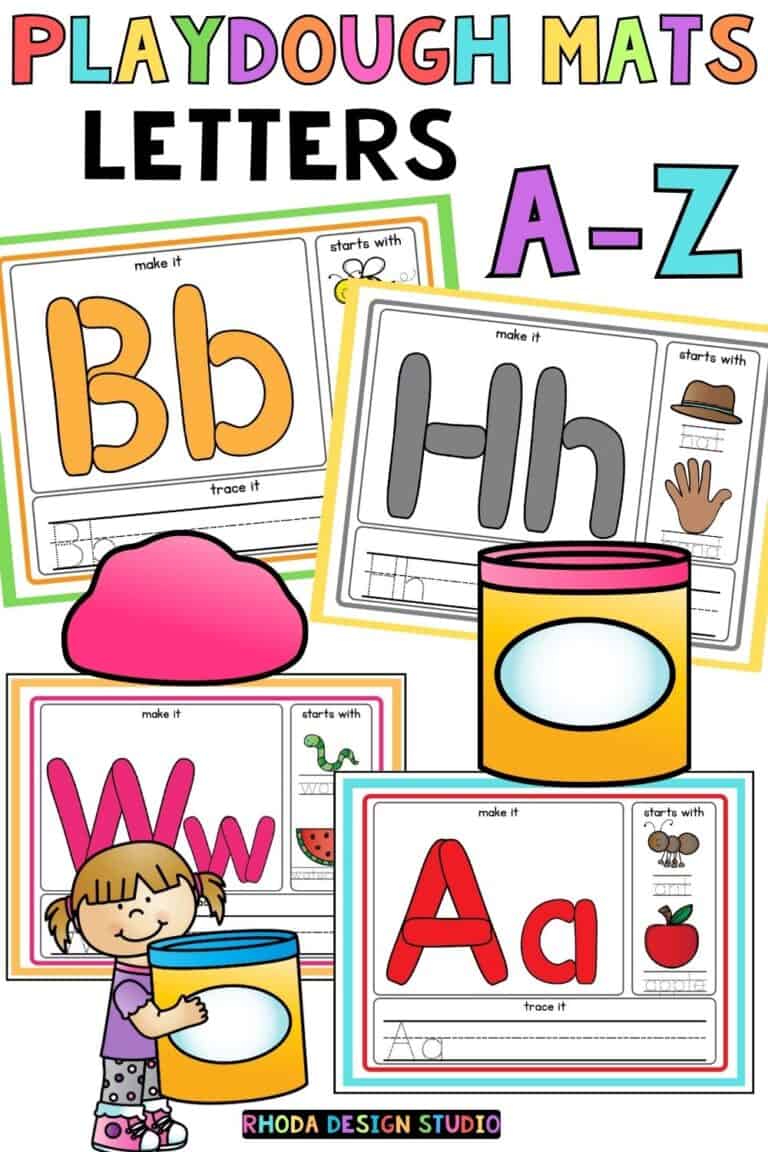What is STEM? Easy Explanation for Parents and Teachers
What is STEM? You might hear it referred to as STEAM as well. The term is actually an acronym and stands for Science, Technology, Engineering, and Math.
STEAM also integrates Art into the acronym. In our school, we use the version with art incorporated because we felt like we are able to target that just as well as the other disciplines.

*this post contains affiliate links, please read my disclosure for more information
Previously, the United States was one of the world leaders in these areas. Unfortunately, as educational demands have changed, testing has increased, and the demands on educators have steadily grown, these topics have taken a back seat in daily instruction.
Reading and math are the core topics. When your room is full of students and desks and there is no place to set up labs, science experiments and engineering supplies (building projects and concepts) aren’t as easy to integrate.
Why Do We Need STEM
As a nation, we have noticed a decline in student interest in STEM-related fields. Students aren’t introduced to these topics or they don’t have time to build competency. This is most likely a direct result of not having enough interaction with these topics in an educational setting.
Children are less likely to be playing with science supplies and experimenting on their own time. Experiments in the backyard with lumber, buckets, and cardboard just aren’t as common!
In 2009, the Obama administration created a campaign called “Educate to Innovate” that was intended to motivate and inspire students to excel in the STEM or STEAM subjects. The hope is that American students can become more advanced in these areas and become leaders in the international arena again.

Why the huge push for STEM or STEAM education?
The job market for positions that require knowledge in these areas is starting to experience an alarming shortage. Reports and predictions show that computing jobs and traditional engineering will make up more than 85% of the job market. The workforce just isn’t there.
It isn’t just the United States that is facing these shortages and lack of a knowledgeable workforce. Other nations are experiencing the same issue.
Why is STEM different than a regular science or math class?
The idea behind STEM is to blend the learning environment and show students that you don’t learn these topics in isolation. The scientific method and higher order thinking can be applied to problems in everyday life. Finding a unique solution to a problem is enhancing the process of becoming a more innovative thinker.
Starting STEM programs at an earlier age helps children become aware of the different processes needed to solve problems, increases their interest in the scientific method, helps bridge their in-school and out-of-school problem-solving abilities, and begins to show them the possibilities for future careers.
A typical school day is filled with learning. The emphasis on techniques for reading and the process of math processes takes up the majority of the day. Arts, science, and engineering are sometimes pushed to the side or given the most minimal amount of time possible. Technology is used to deliver content. An example would be using Google Classroom for Math. It isn’t necessarily broken down into processes that show students how the technology actually works but the technology is another way to access the information.
What is STEM? STEM is the blending of different educational elements. It’s the process of showing children how things work.
How do you rebuild a structure that is made of cubes, spheres, and toothpicks using words and drawings? Can you tell your friend how to recreate the structure using only words and not touching it yourself? What words can you use?
You would be amazed how fast 2nd graders pick up the language of math (vertices, edges, faces, sphere, and cube) when they need to communicate using only their words and not their hands or pictures.
The idea is to start building up their language base and their understanding of processes. As they get older the concepts advance, the projects get more dynamic, and their understanding of how the parts of STEM can help them with their other school projects and topics increases.
Now You Know “What is STEM”…What Do You Do?
There are many different ways to implement STEM or STEAM in your classroom, as a homeschooler, or as a family project. It can be a complicated series of lessons and projects or a simple lesson that involves just one or two of the STEAM components.
- States of matter using Minecraft
- Physical properties of matter using slime
- 3D printing elements of a project
- Creating electronics with MakeyMakeys or other tools
- Lego creations that include a pattern or a discussion of area and perimeter
- Area and perimeter or patterns using Minecraft blocks
- simple circuits with play-doh, LED lights, and batteries
- building a city with cardboard and fastening pieces (store bought or 3D printed)
- drawing on an iPad or on a computer
- Google Earth tours in the classroom
- so many more!!
The biggest takeaway when answering the question “what is STEM” is that it is an integration of different educational disciplines. It’s not just math. It’s not just science. It might not be all 4 or 5 components of STEM or STEAM at the same time, but it isn’t just one topic singled out.
Create a batch of slime and you are not only using tools and technology to mix and measure the ingredients, but you are also using math to measure and science to explain the chemical process and reaction that generates the goo.
Drawing a diagram of the process of making slime or writing out the directions with pictures for others to follow is integrating art and language arts into the process as well.
The idea of blending the disciplines isn’t a new concept for education. Years ago it was called a “unit of study” or a “theme” and when a class was learning about a new idea or concept the whole day, week or month was filled with that theme. Math problems related to the theme or unit. Reading was centered around the unit or theme. Science and social studies and art were also integrated. It was immersive learning.
The Truth About STEM
STEM isn’t a new idea. It’s just a new way of saying blended or integrated education. Topics are tied together to show students that you don’t learn math on its own just for the sake of learning math. It has an application and a purpose in their future education and their everyday life. What is STEM for you? I’d be interested to see how you have integrated STEM or STEAM into your education practice and what you think about the process.
Want to save this post? Pin this image:








